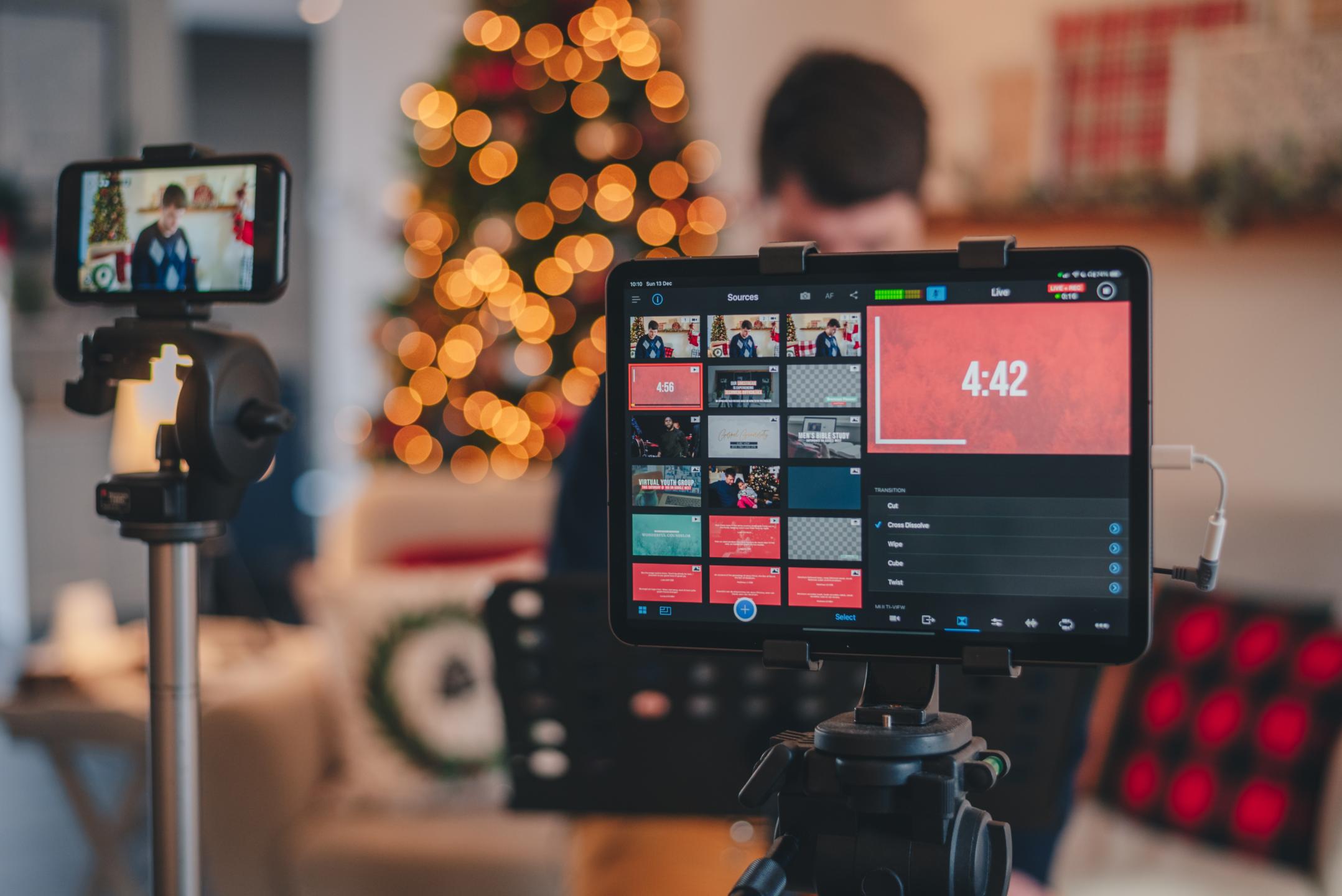In 2022, we saw the emergence of a variety of social media trends that have drastically changed the way we communicate and share information. As we move through the first quarter of the new year, it’s important to keep up with the latest social media trends. Look at these stats on social media usage:
- In 2022, over 4.74 billion people used social media worldwide,
- A typical social media user spends an average 2.5 hours online daily,
- There are 6.65 billion smartphone users around the world.
Teams large and small have decisions of which social media trends to prioritize to stay ahead of the curve. It can be a challenge to figure out which social media trends will be best for your organization’s time and money. Here are 5 social media game-changers to help you stay ahead of the curve.

1. AI-Driven Content Curation
Artificial intelligence (AI) is playing an increasingly important role in our lives. One area where AI is starting to have a big impact is in the realm of content curation.
There are a number of AI-driven content curation tools available that are designed to help you sift through the noise and find your audience. Tools can be a huge time-saver, and can help you ensure that your social media feeds are always fresh and engaging.
If you’re looking for ways to save time on social media while still delivering fresh, engaging content to your followers, consider using an AI-driven tool.
2. Virtual Reality and Augmented Reality
As we move further into the digital age, Virtual reality (VR) and augmented reality (AR) are two of the most talked-about technologies in the social media world. While VR has been around for a while, AR is just starting to gain traction and quickly changing social media trends.
With VR, users can immerse themselves into a completely artificial world. From experiencing things that they otherwise wouldn’t be able to, such as being inside a video game or attending a virtual concert.
AR, on the other hand, overlays digital information on top of the real world. This can be anything from simple text messages to fully-rendered 3D images. AR is still in its early stages, but it has a lot of potential for social media applications.
Both VR and AR are changing the way we interact with social media. With VR, we can now experience social media in a completely new way, by immersing ourselves in artificial environments and with AR, we can augment our real-world interactions with digital information.
“Social media replaces nothing – but complements everything.”
– Neal Schaffer, Social Media Power Influencer
3. The Rise of Instagram Stories
Instagram Stories are becoming increasingly popular, with over 500 million daily users. With Stories, you can share photos and videos that disappear from your profile, Feed and messages after 24 hours, unless you add them to your profile as story highlights.
This feature introduced in 2016 allows businesses to connect with their target audience in a more personal and authentic way. Keeping content consistent, clear, and tailored to what your audience needs and uses. Instagram stories and reels keep your audience engaged and make the algorithm happy.
4. Chatbots and Automated Messaging Platforms
Chatbots are computer programs that mimic human conversation. They’re designed to help users complete tasks or answer questions. Automated messaging platforms make it possible for businesses to communicate with customers via chatbots.
One of the advantages of using chatbots is that they can help you scale your customer service. For example, if you have a small team, chatbots can take on some of the workload by responding to common questions from customers. This frees up your team to focus on more complex issues.
Another advantage is that chatbots never get tired. They can provide 24/7 customer support, which can be a major benefit for businesses with global operations.

5. The Increase in Live Streaming
One of the biggest trends we’re seeing is the rise of video content. Thanks to platforms like YouTube, Instagram, and Snapchat, people are consuming more video than ever before. It’s not just consumers – businesses are also using video to promote their products and services.
There are a few things to keep in mind if you want to use video as part of your social media strategy:
- First, make sure your videos are high quality and offer value to your audience. No one wants to watch a low-quality or boring video.
- Second, think about how you can use subtitles or captions to make your videos more accessible to viewers who might be deaf or hard of hearing.
- Finally, don’t forget to promote your videos! Just because you’ve posted them on social media doesn’t mean people will automatically see them. Use paid advertising or organic strategies like influencer marketing to get your videos in front of as many people as possible.
With 6.65 billion smartphone users around the world, 5G and internet bandwidth has improved worldwide. As a result, people are consuming more video and audio content and creators are becoming more influential on every social media platform.
Learn the Latest Social Media Trends
Social media marketing is a very fluid field of work that requires constant learning. Learn the latest tools and techniques in order to excel in this field. Check out our Digital Marketing Nanodegree program which will help you stay up to date on the latest social media trends.



